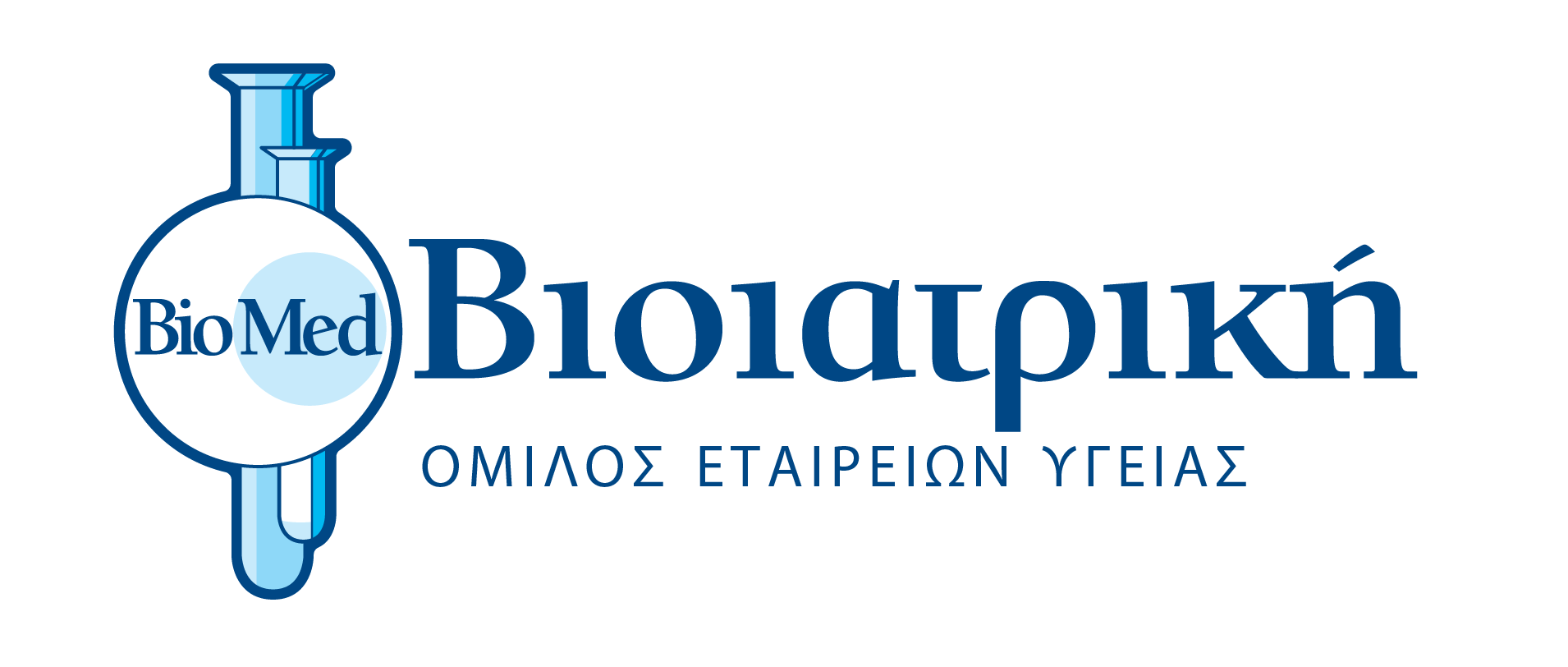by Dr. Stelios Dimitriou
World Brain Day is celebrated every year on 22 July, initiated by the World Federation of Neurology (WFN) to raise awareness of the importance of brain health.
World Brain Day is celebrated every year on 22 July, initiated by the World Federation of Neurology (WFN) to raise awareness of the importance of brain health.
The brain is the largest and most important part of the central nervous system. It is responsible for controlling almost all vital functions of the body, emotions, and behavior.
Brain disorders, many of which can affect the spinal cord, are divided into five (5) categories based on their etiology:
(a) neoplasms (benign or malignant tumors)
(b) inflammation/infections (e.g., multiple sclerosis, vasculitis, infectious meningitis/encephalitis)
(c) trauma (e.g., subarachnoid haemorrhage, cerebral contusions)
(d) vascular abnormalities (e.g., cerebral aneurysm)
(e) neurodegenerative diseases (e.g., Alzheimer’s disease)
Conventional magnetic resonance imaging (MRI) techniques are essentially the routine imaging protocol used daily, with minor modifications depending on the case. These techniques can diagnose or suspect a specific brain condition, significantly guiding further clinical and laboratory testing.
Newer MRI techniques include:
(a) The perfusion weighted imaging technique, with and/or without the intravenous administration of contrast agent (paramagnetic substance), contributing to a more complete screening of ischemic vascular strokes, neoplasms (e.g., distinguishing tumor recurrence from post-radiation necrosis) and neurodegenerative diseases.
(b) Magnetic resonance spectroscopy (MR spectroscopy), through which the concentration of various metabolites in corresponding sites of normal and pathological brain tissue is comparatively assessed, increasing the specificity of the examination, and improving the ability to assess/predict the degree of malignancy of brain tumors.
(c) Magnetic resonance tractography (MR tractography), which is essentially a three-dimensional imaging of the brain’s neural pathways. Clinical implementations include the assessment of perineural invasion (PNI), neural infiltration or destruction by brain tumors, preoperative planning, and early diagnosis of Alzheimer’s disease.
(d) Functional MRI (fMRI) of the brain, which helps to obtain functional data by imaging the activity of the cerebral cortex, both at the clinical and research level. The main clinical indication is preoperative planning in brain tumors, i.e., preoperative mapping and intraoperative protection of areas of the cerebral cortex that directly determine important brain functions such as movement, hearing, and vision
It is worth noting that brain imaging with MRI and especially the application of newer techniques is advantageous in MRI scanners of higher magnetic field intensity (3 Tesla), since better image quality is achieved in a shorter examination time, thus reducing the discomfort of the subjects during the examination.
In conclusion, the application of newer MRI techniques in brain imaging requires specific clinical indications, is always performed in combination with conventional MRI techniques and aims to further refine and improve the diagnostic value of the examination, including the follow-up of patients after treatment.
**Dr. Stelios Dimitriou
Medical Radiologist at Alpha Evresis Diagnostic Center, Bioiatriki Healthcare Group in Cyprus









